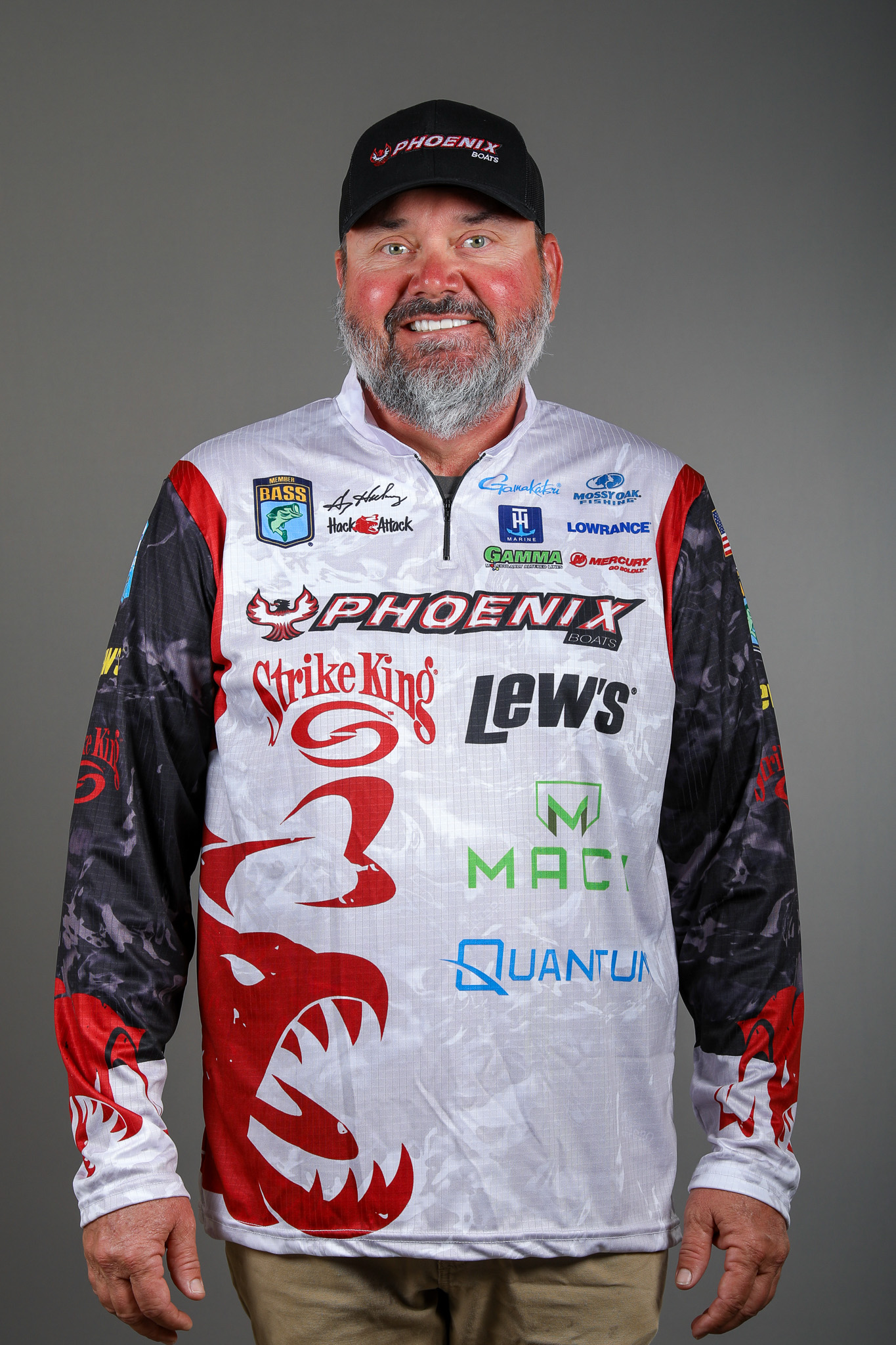Last time we talked about flippin’ jigs and structure jigs. (Read part 1 here.) This week we’ll conclude the discussion by covering swim jigs and finesse jigs. If you have a small collection of all four in your tackle box you should be in pretty good shape no matter where or when you fish.
Swim jig
Let’s start off by saying that you can swim almost any jig. Basically all swimming a jig means is that you’re pulling it through more or less open water as opposed to fishing it on the bottom or in cover.
I like my swim jigs to have a narrow build. That gives them a thin profile which is what I want most of the time.
A small line tie angle is also very important. In the jigs I swim I want an angle of 20 degrees or less. That’s pretty close to straight off the nose, although in reality it’s not quite that tight. This allows me to truly swim the jig back to the boat and also gives me more speed control. At times that can be critically important.
The other thing I want in my swim jigs is a softer weedguard. These baits are not in heavy cover so you don’t need heavy-duty protection. You’re not likely to hang. In contrast to that, however, I do like a heavy hook. If I catch a big one, I don’t want my hook to fail.
I almost always throw my swim jigs on braid. It almost impossible to break off with it and the fish aren’t paying any attention to my line so I’m not worried about it scaring them off.
Finesse jig
Every bass angler should have a handful of finesse jigs in his or her tackle box. At some time or another they’ll catch bass on any body of water, especially when the water’s clear or there’s a lot of pressure being put on the fish.
Despite my reputation as somewhat of a power fishing guy I use this style of jig a lot. I like them better than small plastics. In my experience I get better hook-ups with finesse jigs, and I catch bigger fish with them.
My finesse jigs are between 3/8- and 1/2-ounce. I fish them on light line, 10-pound-test fluorocarbon most of the time. And, unlike most of my other jigs, a light hook is my preference. It gives me easier penetration with the line I’m using.
I want my line tie to come off the head at 20 degrees or less, and never more than 60 degrees. I want as straight a pull from my bait to my rod tip as I can possibly get.
OK, that pretty well covers what you’ll need for a basic jig selection. I encourage you all to spend some time getting better with them. It’s no accident that you see so many pros fishing with jigs. They catch fish, and usually those fish are bigger than average.
Sometime in the near future we’ll talk a little about head design, weight considerations and maybe about color choices, but next week we’re going to cover a topic that you rarely – almost never anymore – hear about. In the meantime grab your jig box and go have some fun with a kid or one of your friends.





